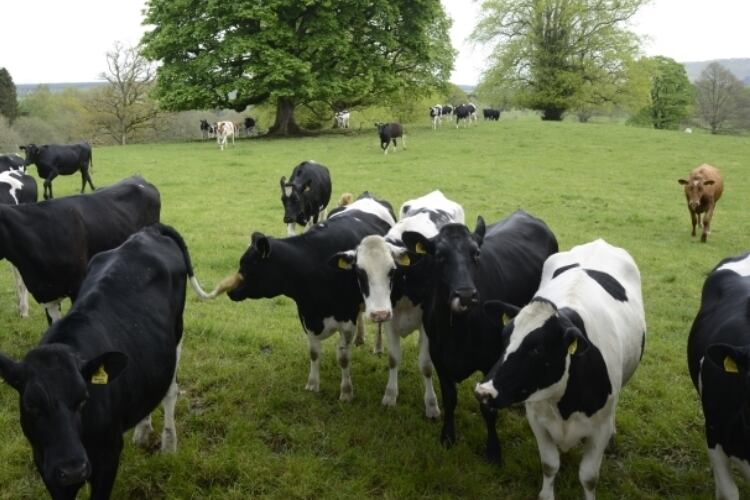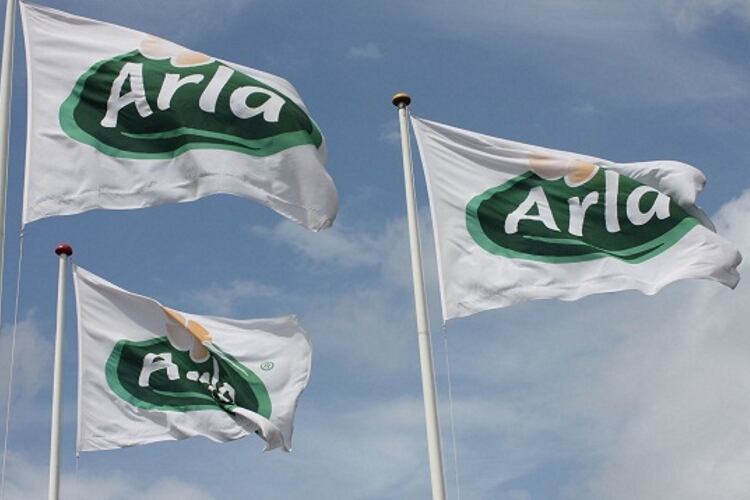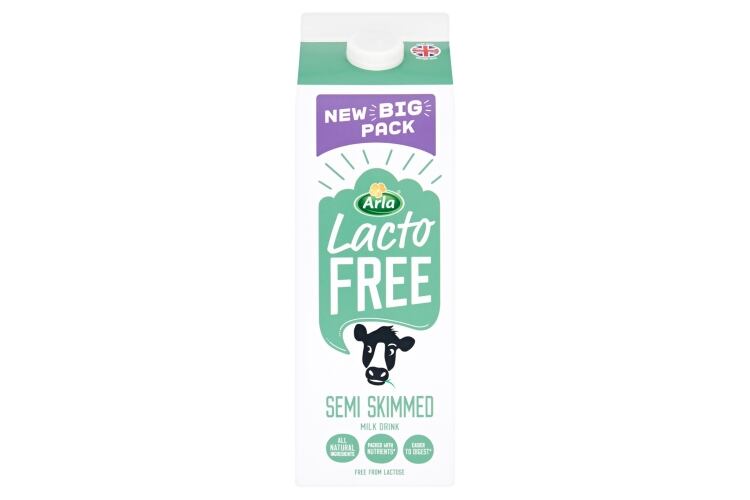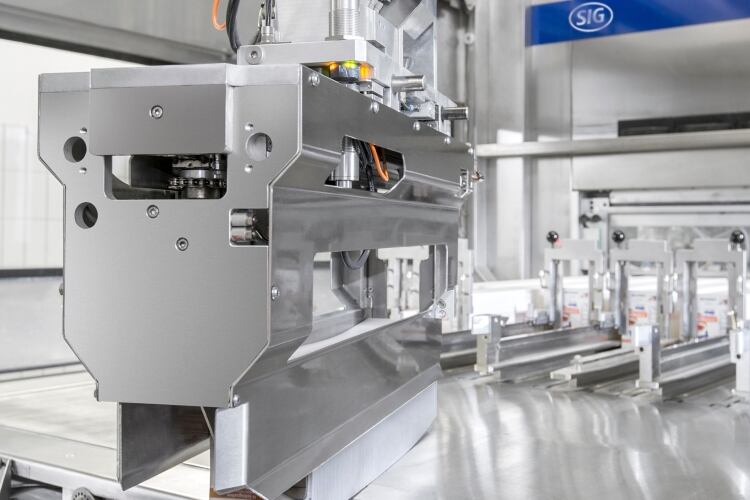At the same time, the cooperative is activating all its 114 organic Arla farmers in the UK to measure their soil carbon content and register practices that promote biodiversity.
The dairy cooperative said it looking to gather more data and knowledge of how dairy farming can help improve soil biology, carbon capture, water quality and biodiversity via regenerative farming methods.
The first step is to establish a pilot program in partnership with regenerative farming experts from FAI farms and other organizations. In total, 24 selected pilot farmers across five countries (of which six are in the UK) will be trained to implement various regenerative methods, and the findings along with data collection will build knowledge of how regenerative methods can be applied to different dairy farming systems and how they impact climate and nature.
All of Arla’s 114 organic farmers in the UK are part of this commitment.
Starting this year, they will self-assess and register their farm’s biodiversity activities once every year to generate data. In addition to this, they will collect soil samples, which will be analyzed by a third-party laboratory to establish a baseline for soil carbon. Arla said the organic farmers will guarantee soil health and biodiversity measures are activated on their farms. They will get access to a lever catalog including information about how to measure and manage improvements. From 2022, they will also self-assess soil health indicators, for example testing soil smell, spading ease and earthworm counts.
Regenerative agriculture has been gaining attention from producers, retailers, researchers, and consumers as one of the responses to the crises of climate change and biodiversity loss.
While there is a general consensus that improvement of soil health and biodiversity are core elements in regenerative farming, there is no universally agreed definition of the approach. Also, there are few scientific examples of regenerative methods being implemented on dairy livestock farms in the UK and the rest of Europe that farmers can use as guidance.
“A central part of why we want to explore regenerative farming is to gain data-driven proof points of using regenerative methods on dairy farms. While we have full attention on reducing our carbon emissions, the positive impact farmers can create as stewards of the land has not yet been thoroughly scientifically proven and we want to secure more science-based knowledge to enable dairy farmers to take the right action for the future,” said head of agri commercial support in Arla Group, Joanna Lawrence.
To help explore and define the impact of regenerative dairy farming, 24 Arla farmers from the UK, Sweden, Germany, the Netherlands and Denmark will become pilot farmers for four years. They are a mix of conventional farmers with both grazed and fully housed systems and organic farmers.
Arla and UK-based FAI Farms, a research, data and consultancy business within the agri-food sector, will train and coach the 24 pilot farmers to manage their farm regeneratively. The farmers will help gather data and assess various methods to understand what effect they can have on soil health, carbon capture, biodiversity, ecosystem processes, farm profitability, and farmer well-being.
FAI Farms’ regenerative agriculture director Claire Hill said, “Arla is by far the biggest partner we have on regenerative farming within dairy. Their ambition level is going over and above anything we have seen so far in the industry and there is not a pilot program out there with this depth. What's really exciting is that we will work with different farmers in different countries each working within a unique farm, and the data we will collect along the way will be so insightful. It can significantly increase our knowledge of what regenerative transition looks like, the challenges and benefits which will help us understand how more farmers can get started on their journey.”
By having a mix of dairy systems and countries in the pilot farm network and making the tool, Arla aims to promote the results and learnings to all 9,400 Arla farmers in the cooperative and share insights across the industry through collaborations with OP2B, C-SEQU and BIOCHAR.
On soil health, farmers will undertake a carbon assessment of the soil to create a baseline for measuring further improvements in the carbon level. The soil samples will be analyzed by a third-party laboratory for KPIs including: organic matter, organic carbon, total carbon, total nitrogen and carbon:nitrogen ratio.
Arla said a minimum of five of 22 soil health measures must be in place on the farm.
From 2022, farmers will carry out an annual self-assessment of soil health indicators such as testing soil smell, spading ease and earthworm counts.
On biodiversity, there will be an annual self-assessment of activities in four biodiversity conservation areas A minimum of seven out of 33 biodiversity conservation measures must be in place on the farm.
With the network of pilot farms, Arla said it aims to provide all pilot farms with training and one-on-one support from regenerative agriculture; measure, track, and document the impact of regenerative farming practices on pilot farm ecosystems; understand and document any behavioral changes of pilot farm members; build the understanding currently lacking in dairy production systems of what it means and looks like to farm regeneratively, learning within the context of a variety of management systems and countries; and share knowledge and findings through round-table discussions, case studies and project progress reports.




